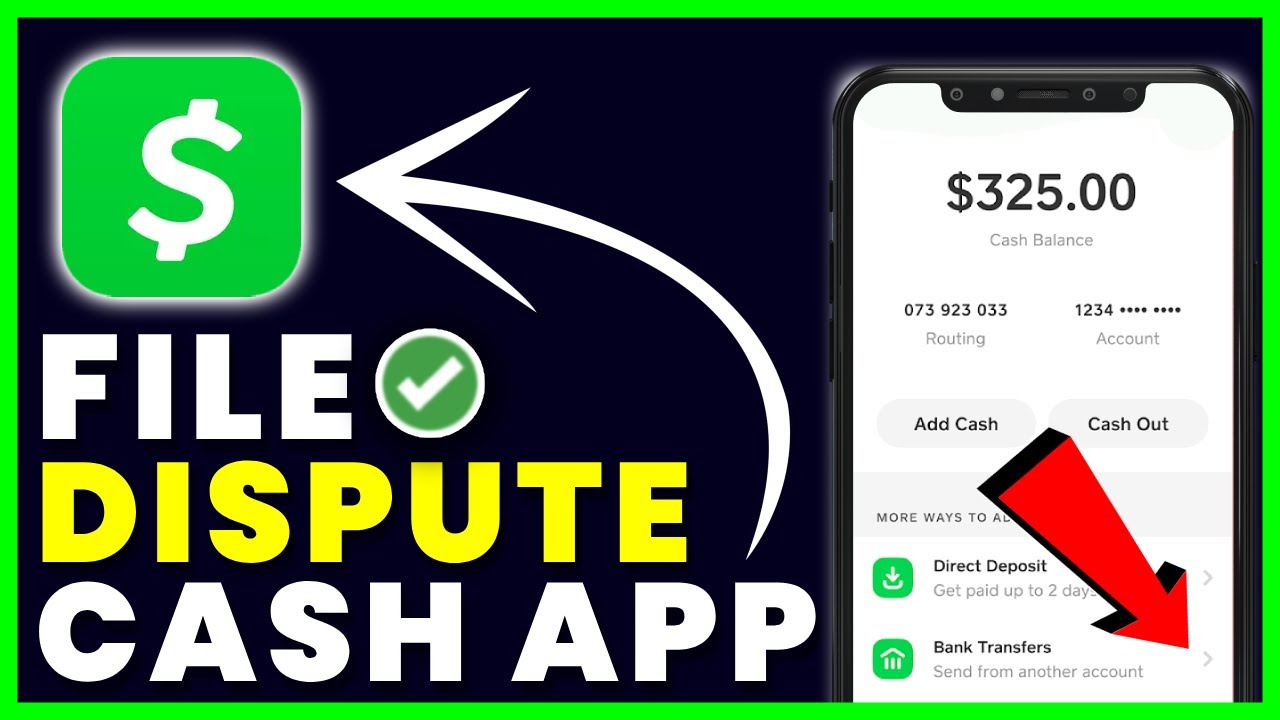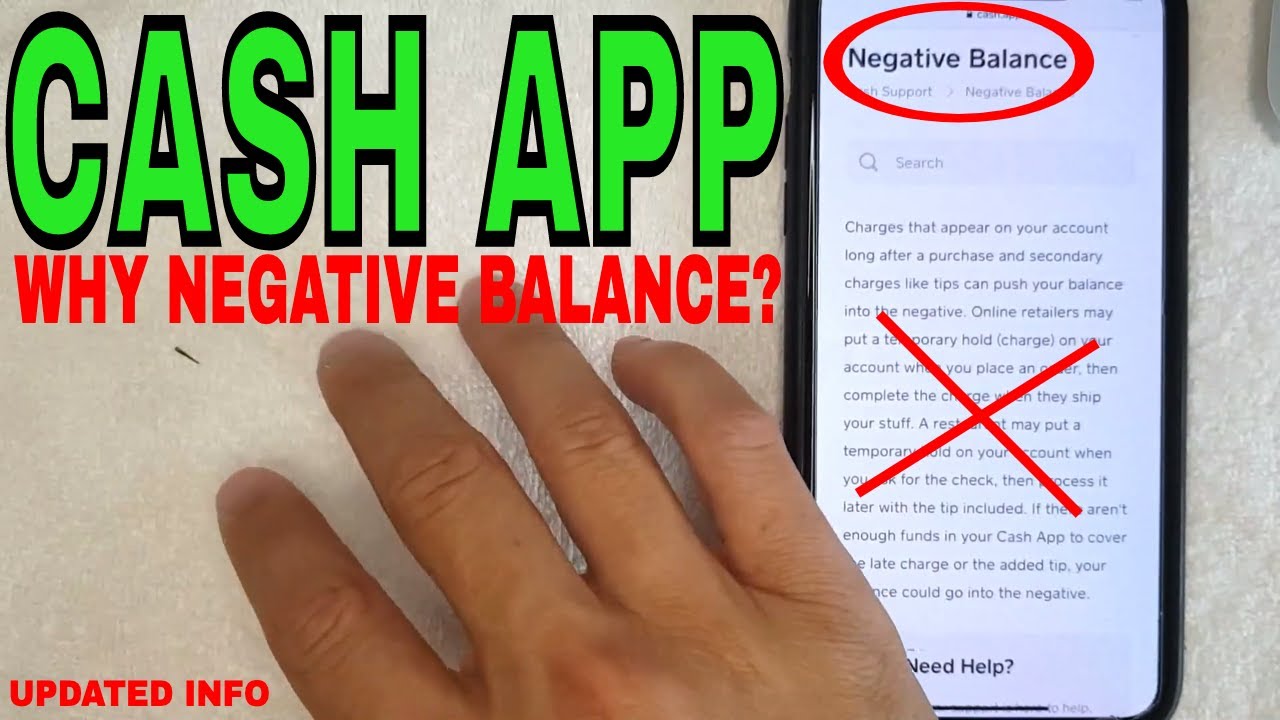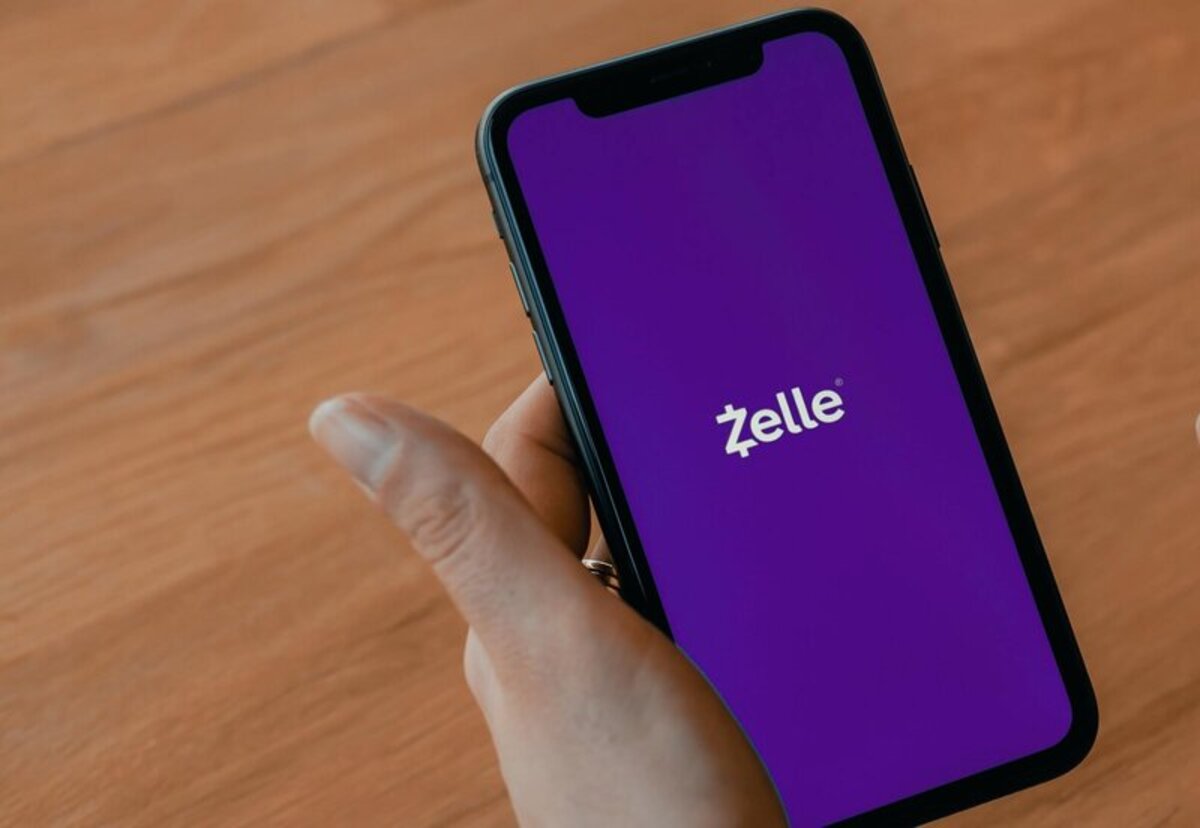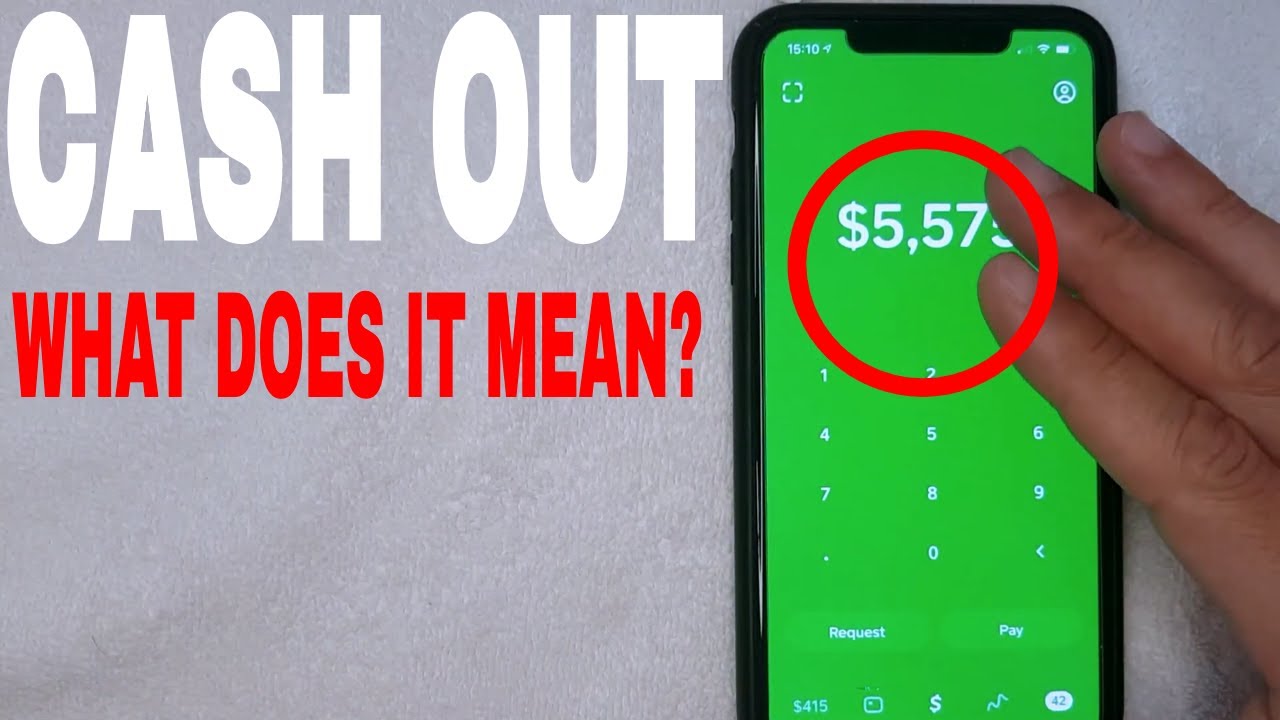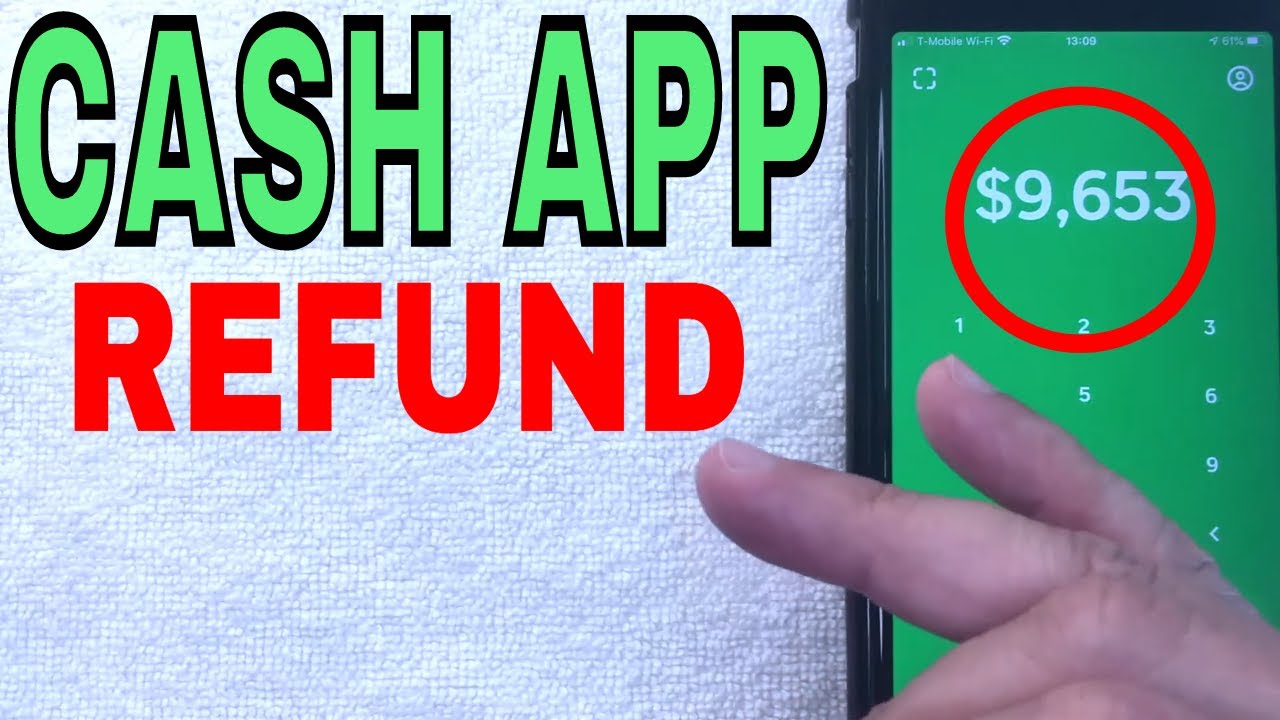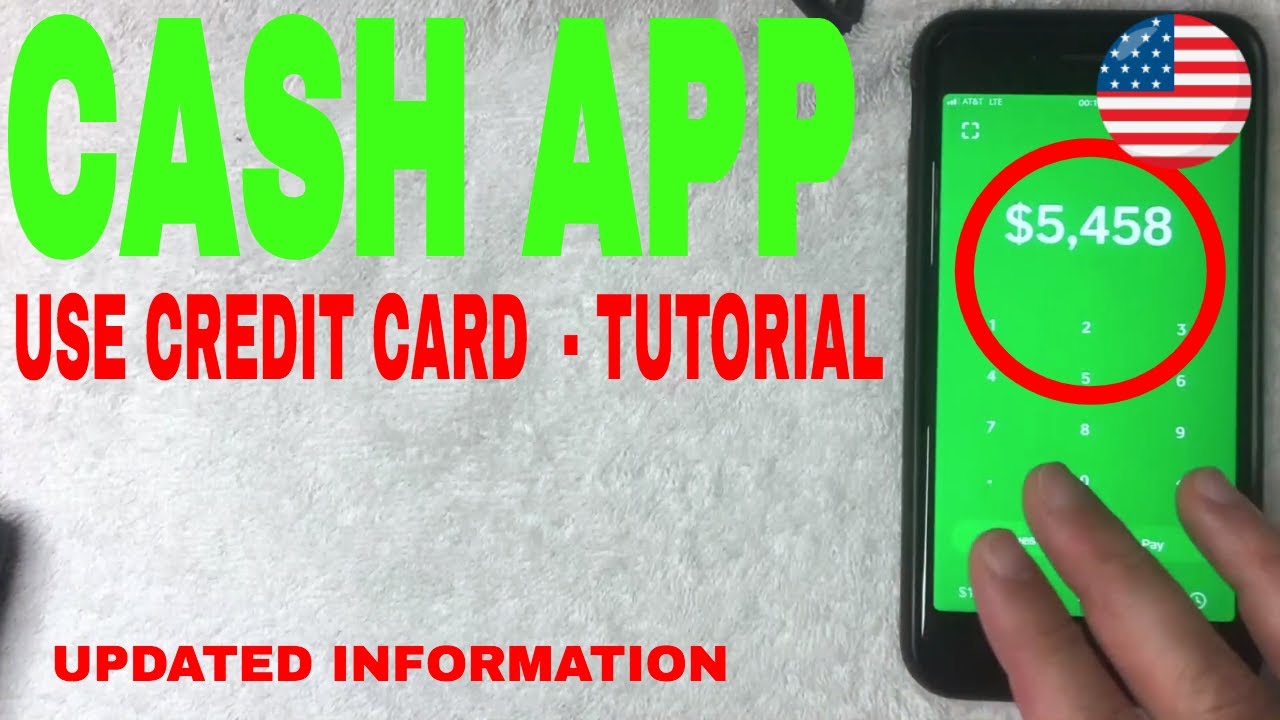Introduction
Disputing a charge on Cash App can be a frustrating experience, especially when you notice an unauthorized transaction or suspect fraudulent activity on your account. However, with the right knowledge and approach, you can successfully resolve these issues and protect your financial interests.
Cash App, a popular mobile payment service, allows users to send and receive money, make purchases, and manage their funds. While Cash App strives to provide a secure platform, occasionally, unauthorized charges or discrepancies may occur. In such cases, it is crucial to take quick action to ensure that your money is protected and the issue is resolved.
In this guide, we will walk you through the step-by-step process of disputing a charge on Cash App. From gathering the necessary information to escalating the dispute if needed, we will provide you with the tools and knowledge to navigate the resolution process effectively.
It’s important to note that Cash App has specific guidelines and timelines for disputing charges. Being familiar with these guidelines and acting promptly will increase your chances of a favorable outcome. So, let’s dive in and learn how to dispute a charge on Cash App.
Please note that the information provided in this guide is for general informational purposes only and may not be applicable in all cases. It is always recommended to contact Cash App directly for specific advice regarding your individual situation.
Step 1: Gather all necessary information
Before you initiate the process of disputing a charge on Cash App, it is essential to gather all the necessary information related to the transaction. This will help you provide accurate details and evidence to support your claim. Here are the key pieces of information you should gather:
- Date and time of the transaction: Note down the exact date and time when the disputed charge occurred. Having this information will help Cash App locate the transaction in question.
- Transaction amount: Make sure you have the specific amount of the unauthorized or disputed charge. It’s crucial to provide an accurate figure when communicating with Cash App.
- Cash App username or email: Identify the Cash App username or email associated with your account. This information is often required when contacting customer support or initiating the dispute process.
- Transaction description: Take note of any relevant details regarding the transaction, such as the name of the recipient or merchant, the purpose of the transaction, or any additional notes that may assist in explaining the dispute.
- Proof of transaction: Gather any supporting documents or evidence related to the disputed charge. This may include receipts, invoices, screenshots, or any other documentation that can verify your claim.
By gathering all the necessary information, you will be better equipped to present your case accurately and efficiently. Keep in mind that the more evidence you can provide, the stronger your dispute will be.
It’s worth noting that if you notice multiple unauthorized transactions or suspicious activity on your Cash App account, it is advisable to check your linked bank account or credit card for any additional fraudulent charges. In such cases, it may be necessary to contact your bank or financial institution to report the unauthorized activity and take appropriate action to protect your funds.
With the necessary information in hand, you are now ready to proceed to the next step of disputing a charge on Cash App. In the next section, we will discuss how to contact Cash App customer support and initiate the dispute process.
Step 2: Contact Cash App customer support
After gathering all the necessary information regarding the disputed charge, the next step is to get in touch with Cash App’s customer support team. The customer support representatives are trained to assist you in resolving issues and navigating the dispute process. Here’s how you can contact Cash App customer support:
- Open the Cash App: Launch the Cash App on your mobile device. If you don’t have the app installed, you can download it from the App Store (for iOS) or Google Play Store (for Android).
- Go to the support section: Inside the Cash App, navigate to the “Profile” tab, usually located at the bottom right corner of the screen. From there, scroll down and select the “Cash Support” option.
- Choose the disputed transaction: In the Cash Support section, you will find a list of all your recent transactions. Locate and select the transaction that you want to dispute.
- Select the “Something Else” option: Once you’ve selected the disputed transaction, a series of options will appear. From these options, choose the “Something Else” category. This will allow you to explain the issue in detail.
- Provide detailed information: In the provided text box, explain the nature of the dispute and provide all the relevant details. Be as specific and concise as possible. Include the date and time of the transaction, the amount, and any supporting documentation you have.
- Submit the request: After providing all the necessary information, review your request to ensure accuracy. Once you’re satisfied, hit the submit button to send your dispute request to Cash App’s support team.
Alternatively, if you are unable to reach Cash App’s customer support through the app or if the issue requires immediate attention, you can contact them through their official website or via email. Look for the “Contact Support” or “Help” section on the Cash App website to find the appropriate contact information.
It’s worth mentioning that contacting Cash App customer support should be done as soon as possible after noticing the disputed charge. Prompt action will help expedite the resolution process and increase the chances of a successful outcome.
Now that you have contacted Cash App’s customer support and initiated the dispute process, you are ready to move on to the next step: explaining the disputed charge in detail. We will discuss this in the next section.
Step 3: Explain the disputed charge
Once you have contacted Cash App customer support and initiated the dispute process, it is important to provide a clear and detailed explanation of the disputed charge. This step is crucial in helping Cash App understand the nature of the issue and make an informed decision. Here’s how you can effectively explain the disputed charge:
- Stick to the facts: When explaining the disputed charge, it is important to remain objective and stick to the facts. Avoid speculation or assumptions and focus on providing accurate information.
- Describe the unauthorized or disputed charge: Clearly explain the nature of the charge that you are disputing. Specify whether it is an unauthorized transaction, a duplicate charge, a fraudulent activity, or any other issue that requires resolution.
- Include relevant details: Provide all the relevant details related to the disputed charge. Include the date and time of the transaction, the amount, the recipient’s information if applicable, and any other relevant information that can help in identifying the transaction.
- Describe your concerns: Express your concerns regarding the disputed charge. Explain how it has affected your account, your financial situation, or your trust in the Cash App platform.
- Attach supporting documents: If you have any supporting documents or evidence, such as receipts, invoices, screenshots, or emails, include them as attachments or links in your explanation. These documents can validate your claim and provide additional context.
It is important to provide a concise and organized explanation of the disputed charge. By doing so, you present a clear case to Cash App’s customer support team, increasing the likelihood of a favorable resolution. Avoid unnecessary and irrelevant information that may distract from the main issue.
Once you have explained the disputed charge in detail, submit the explanation to Cash App’s customer support team. Keep in mind that response times may vary, so exercise patience as you await their decision.
In the next step, we will discuss providing supporting documents or evidence to strengthen your dispute. This is an important step in increasing your chances of a successful outcome. Read on to learn more.
Step 4: Provide supporting documents or evidence
When disputing a charge on Cash App, providing supporting documents or evidence can substantially strengthen your case. These documents can help validate your claim, provide additional context, and increase your chances of a successful resolution. Here’s how you can provide supporting documents or evidence:
- Gather relevant documentation: Collect any receipts, invoices, screenshots, or emails that are related to the disputed charge. These documents should clearly show important details such as the transaction amount, date and time, recipient information, and any discrepancies that support your claim.
- Organize the documents: Arrange the supporting documents in a logical and organized manner. You can scan physical receipts or use digital images of the documents. Make sure they are easily accessible and clearly labeled for submission.
- Attach documents to your dispute: Depending on the method of contact you are using to communicate with Cash App customer support (through the app, website, or email), look for an option to attach files or include links. Attach the relevant supporting documents to your dispute message.
- Explain the relevance: In your dispute message, provide a brief explanation of how each document is related to the disputed charge. This will help Cash App’s customer support team understand why the evidence is significant.
- Ensure readability and clarity: Make sure that the supporting documents are clear, legible, and easy to understand. If necessary, highlight important details or sections of the documents to draw attention to the relevant information.
Remember that providing strong supporting evidence can greatly improve the chances of a favorable outcome. The more documentation you have, the better it is for your case. However, it is important to focus on relevant and significant evidence rather than overwhelming the support team with unnecessary or unrelated information.
Once you have provided the supporting documents or evidence, submit your message along with the attachments. It’s important to keep a record of all the communication and documentation for future reference.
In the next step, we will discuss the waiting period and what you can expect while Cash App reviews your dispute. Read on to learn more.
Step 5: Wait for Cash App’s response
After submitting your dispute and providing supporting documents, it’s time to wait for Cash App’s response. It is important to note that response times may vary depending on the nature and complexity of the dispute. While you wait, here’s what you can expect:
Confirmation of receipt: Upon submitting your dispute, Cash App will typically send a confirmation email or in-app notification acknowledging that they have received your request. This confirmation serves as an assurance that your dispute has been successfully submitted and is being reviewed by their team.
Review process: Cash App’s customer support team will carefully review the details of your dispute, including the explanation and supporting documents you have provided. They may also conduct their own investigation to gather further information or verify the authenticity of the claim.
Communication updates: During this period, Cash App may reach out to you for additional information, clarification, or to provide updates on the progress of your dispute. Be sure to monitor your email inbox, in-app notifications, and spam folders for any communication from Cash App’s support team.
Estimated resolution time: While Cash App does not provide specific timelines for dispute resolution, it is common for the process to take anywhere from a few days to a few weeks. However, it’s essential to exercise patience as each case is unique and requires careful evaluation.
Follow-up steps: If Cash App requires any additional information or documentation, it is important to respond promptly and provide the requested details. Failure to do so may result in delays or complications in the resolution process.
During this waiting period, it is advisable to refrain from initiating any further transactions or making changes to your Cash App account that may complicate or hinder the resolution process. Allow Cash App’s customer support team to thoroughly investigate and address your dispute.
As you patiently wait for Cash App’s response, make sure to keep track of all the communication and updates related to your dispute. This documentation will be valuable for reference in case further escalation or follow-up is required.
In the next step, we will discuss how to follow up on the dispute if necessary. Read on to learn more.
Step 6: Follow up on the dispute
While waiting for Cash App’s response, it’s important to stay proactive and follow up on your dispute if necessary. Here are some steps you can take to ensure that your case is given the attention it deserves:
- Monitor communication channels: Regularly check your email inbox, the Cash App app, and any other communication channels you have used when submitting your dispute. Look out for any updates or requests for additional information from Cash App’s customer support team.
- Respond promptly: If Cash App reaches out to you for more information or clarification, make sure to respond promptly. Delayed responses may prolong the resolution process and potentially impact the outcome of your dispute.
- Be persistent: If it has been an extended period without any communication or updates from Cash App, consider reaching out to them to inquire about the status of your dispute. Polite but firm follow-ups can help keep your case at the forefront and show your commitment to resolving the issue.
- Document your follow-ups: Keep a record of all your follow-up attempts, including the dates, times, and details of the communication. This documentation will be valuable if you need to escalate the dispute or if there are further complications down the line.
- Be patient: Resolving a dispute can take time, and Cash App’s customer support team may encounter delays due to high volume or complex cases. Exercise patience while providing adequate time for them to properly investigate and address your dispute.
Remember that remaining proactive throughout the dispute process can help ensure that your case receives the necessary attention and increases the chances of a favorable resolution. However, it’s important to maintain a respectful and professional tone in all your communications with Cash App’s customer support team.
In the next step, we will discuss how to escalate the dispute if necessary. Keep reading to learn more.
Step 7: Escalate the dispute if necessary
If you have followed all the previous steps and have not received a satisfactory resolution or response from Cash App’s customer support team, you may need to escalate your dispute. Escalation can be necessary in cases where there has been a lack of communication, prolonged delays, or if you believe your issue has not been adequately addressed. Here are some steps you can take to escalate the dispute:
- Revisit the support channels: Return to the support section within the Cash App app or website, and look for options to escalate your dispute. There may be a “Contact Us” or “Submit a Complaint” option specifically for escalating unresolved disputes.
- Seek alternative contact methods: If the support channels within the Cash App app or website haven’t provided satisfactory results, consider seeking alternative contact methods. Look for additional email addresses, official social media accounts, or phone numbers where you can reach out to Cash App’s support team.
- Provide a comprehensive explanation: When escalating your dispute, clearly state the reasons why you are escalating and what specific issues have not been adequately addressed. Provide a concise summary of your case and include any relevant details or supporting evidence that may further strengthen your claim.
- Keep records and evidence: It’s crucial to maintain a record of all communication and evidence related to your dispute. This documentation will serve as a reference point when escalating the dispute and can be valuable in supporting your case in higher-level escalations or legal proceedings if necessary.
- Consider legal options: If your dispute remains unresolved despite your efforts to escalate, you may need to explore legal options. Consult with a legal professional to understand the specific steps and requirements for filing a legal complaint against Cash App or seeking resolution through small claims court.
Remember, escalating a dispute should be a last resort when all other avenues have been exhausted. It is worth noting that Cash App has its own internal escalation procedures, and reaching out to higher-level support or management may be necessary before considering legal action.
Always approach the escalation process with a calm and professional demeanor, clearly outlining your concerns and expectations. Be prepared to provide all necessary documentation and evidence to support your claim.
In the next step, we will discuss the importance of maintaining a record of communication and updates throughout the dispute process. Read on to learn more.
Step 8: Keep track of communication and updates
Throughout the dispute process with Cash App, it is essential to maintain a record of all communication and updates. Keeping track of these interactions can help you stay organized, provide reference points, and strengthen your case if necessary. Here’s why it is important to keep track of communication and updates:
- Evidence of your efforts: By documenting each interaction with Cash App’s customer support team, you have tangible evidence of your attempts to resolve the dispute. This evidence can be crucial if you need to escalate the matter or provide evidence in the future.
- Reference for future inquiries: If you need to follow up on your dispute or inquire about its status, having a record of previous communication will be invaluable. You can easily refer back to previous emails, chat logs, or call details to provide context and continuity.
- Legal purposes: In the event that you need to pursue legal action, having a documented history of communication and updates can provide vital support for your case. It demonstrates your efforts to resolve the dispute and can be used as evidence if the matter progresses to a legal setting.
- Accuracy and clarity: Recording communication and updates ensures that you have an accurate account of the information provided by Cash App. It helps to avoid any misunderstandings or misinterpretations of the details shared during the dispute resolution process.
- Tracking timeline and progress: By documenting communication and updates, you can track the timeline of your dispute and how it has progressed. This helps you establish a clear understanding of how much time has passed and what steps have been taken, allowing you to make informed decisions about your next course of action.
When keeping track of communication and updates, it’s recommended to save emails, chat transcripts, or screenshots of conversations. Note down important dates, times, names of the support representatives you interacted with, and any crucial details discussed during the communication.
Storing this information in a dedicated email folder, document folder, or a cloud-based storage platform can help keep everything organized and easily accessible when you need it.
Now that you understand the importance of documenting communication and updates, let’s move on to the final step: achieving the final resolution and outcome of your dispute.
Step 9: Final resolution and outcome
After going through the dispute process with Cash App, you will reach the final stage where a resolution or outcome is determined. The final resolution could include various outcomes, such as a refund, reversal of the charge, or a decision in favor of the merchant. Here’s what you can expect in this step:
- Decision notification: Cash App will notify you of their final decision regarding your disputed charge. They will provide an explanation for their decision and any necessary actions you need to take, such as accepting a refund or contacting the merchant directly.
- Read and review: Take the time to carefully read and understand the decision communicated by Cash App. Pay attention to any further instructions or steps you need to take to conclude the dispute.
- Accept or appeal: If you are satisfied with the resolution and outcome, follow the instructions provided by Cash App to accept the decision and take any necessary actions. However, if you are dissatisfied, you may have the option to appeal the decision. Consider the potential consequences and weigh the alternatives before pursuing an appeal.
- Follow through: Take any necessary steps or actions as outlined by Cash App to finalize the resolution. This may include accepting a refund, returning disputed items, or contacting the merchant directly to resolve any outstanding issues.
- Evaluate your experience: Once the dispute has reached its final resolution, take some time to reflect on the overall experience. Assess whether you are satisfied with the outcome, the level of customer support you received, and your overall satisfaction with Cash App’s dispute resolution process.
It is important to keep in mind that each dispute is unique, and the final resolution will depend on the specific circumstances and evidence presented. Regardless of the outcome, remember to maintain professionalism and adhere to any obligations or actions required on your part.
In the event that you are dissatisfied with Cash App’s final resolution and believe there has been an error or mishandling of your case, you may consider seeking further assistance from consumer protection agencies or legal counsel to explore your options.
Congratulations! By following these steps, you have taken the necessary actions and navigated the process of disputing a charge on Cash App. Your diligence and perseverance have helped protect your financial interests and work towards a resolution.
Conclusion
Disputing a charge on Cash App can be a frustrating experience, but by following the step-by-step process outlined in this guide, you can navigate the resolution process effectively. Remember, prompt action, accurate information, and clear communication are key to reaching a favorable outcome.
Throughout the process, gather all necessary information, contact Cash App’s customer support, and explain the disputed charge in detail. Provide supporting documents or evidence to strengthen your case and wait patiently for Cash App’s response. If necessary, follow up on the dispute and escalate it to higher levels of support. Keep track of all communication and updates to ensure a clear record of the progress made.
While the outcome of your dispute may vary depending on the circumstances, the key is to advocate for yourself and protect your financial interests. Remember, consider legal options only as a last resort and seek legal advice if needed.
Always keep a record of all communication, decisions, and evidence throughout the process. This documentation will serve as valuable support, not only during the dispute resolution but also for future reference if required.
We hope this guide has provided you with the knowledge and confidence to dispute a charge on Cash App effectively. Remember, each case is unique, and it is important to adapt these steps to your specific situation. If in doubt, always consult Cash App’s official support channels for the most accurate and up-to-date information regarding your dispute.
Thank you for reading. We wish you success in resolving your dispute on Cash App!







